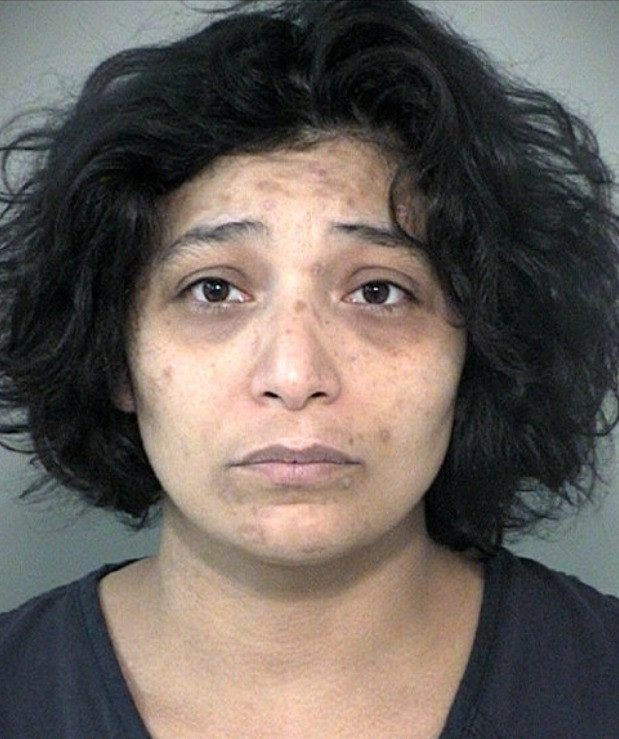In the wake of the harrowing incident at Joel Osteen's Lakewood Church, authorities are delving deeper into the background of shooter Genesse Moreno, whose motivations remain enigmatic three days post-event. The tragic episode, which left two injured including Moreno's 7-year-old son, has cast a spotlight on her extensive criminal record and known mental health issues.
Moreno, 36, initiated the chaos by discharging a firearm within the church premises, compelling congregants to seek refuge. The situation escalated when Moreno engaged in a fatal confrontation with two off-duty officers stationed at the church, leading to her demise. Her son, caught in the crossfire, is presently in critical condition, grappling with a life-threatening head injury.
Houston authorities disclosed that Moreno's attire-a trench coat and backpack-concealed a .22 caliber rifle, which she brandished but did not fire. Her claims of possessing a bomb further intensified the panic, although subsequent searches debunked the presence of any explosives.
The unfolding investigation has unearthed writings from Moreno with antisemitic undertones, adding complexity to the case. Houston Police Commander Chris Hassig highlighted these findings, noting Moreno's lack of affiliation with any larger groups. Moreno's tumultuous history includes various misdemeanors and a conviction for assaulting a detention officer.
In contrast, court filings from Moreno's 2022 divorce depict a tumultuous marriage plagued by allegations of violence and negligence. Her ex-mother-in-law, Walli Carranza, voiced concerns about Moreno's erratic behavior with firearms and her disregard for their child's well-being.
As the community reels from the shock, Joel Osteen, the church's senior pastor, voiced his sorrow over the incident, emphasizing the potential for even greater tragedy had the shooting occurred during a larger service. Osteen extended his prayers to all affected, including the assailant and her family.
This incident at one of the nation's largest megachurches not only raises questions about security in places of worship but also underscores the critical intersections of mental health, legal history, and public safety. As the investigation continues, the broader implications for church security protocols and support for individuals with complex mental health and legal challenges come into sharp focus.






